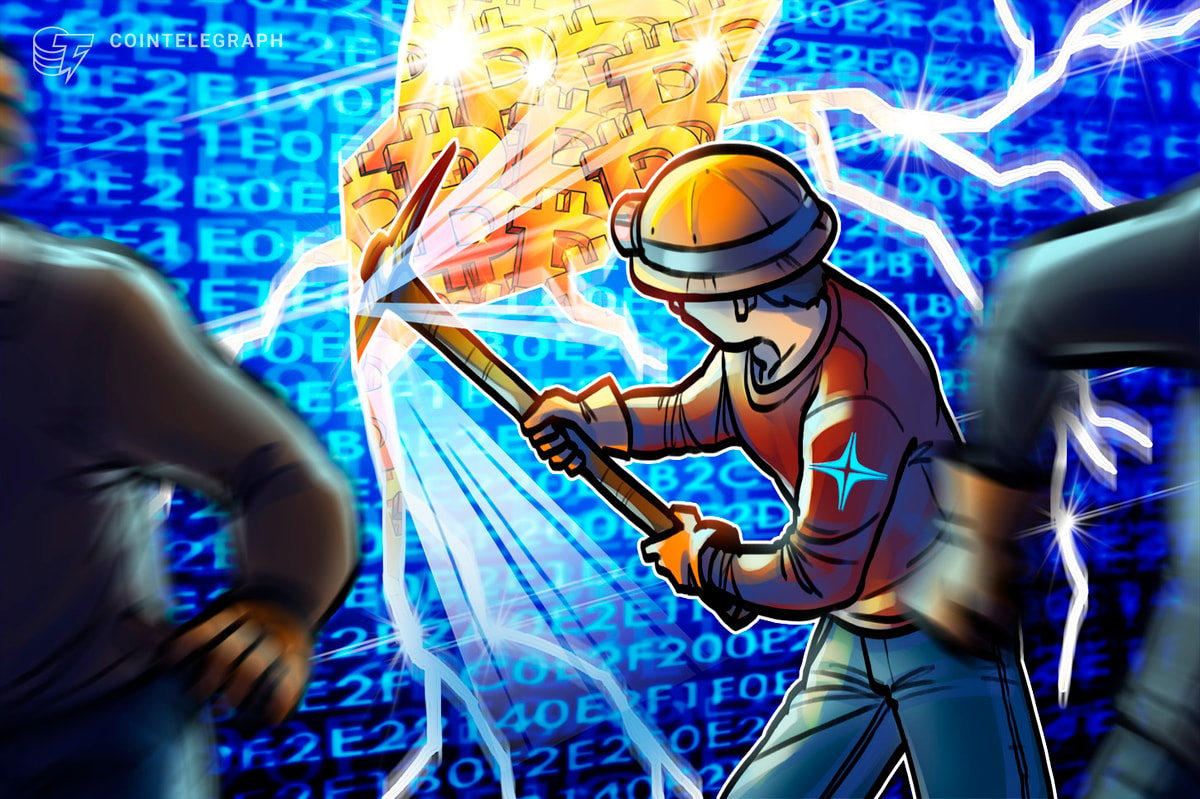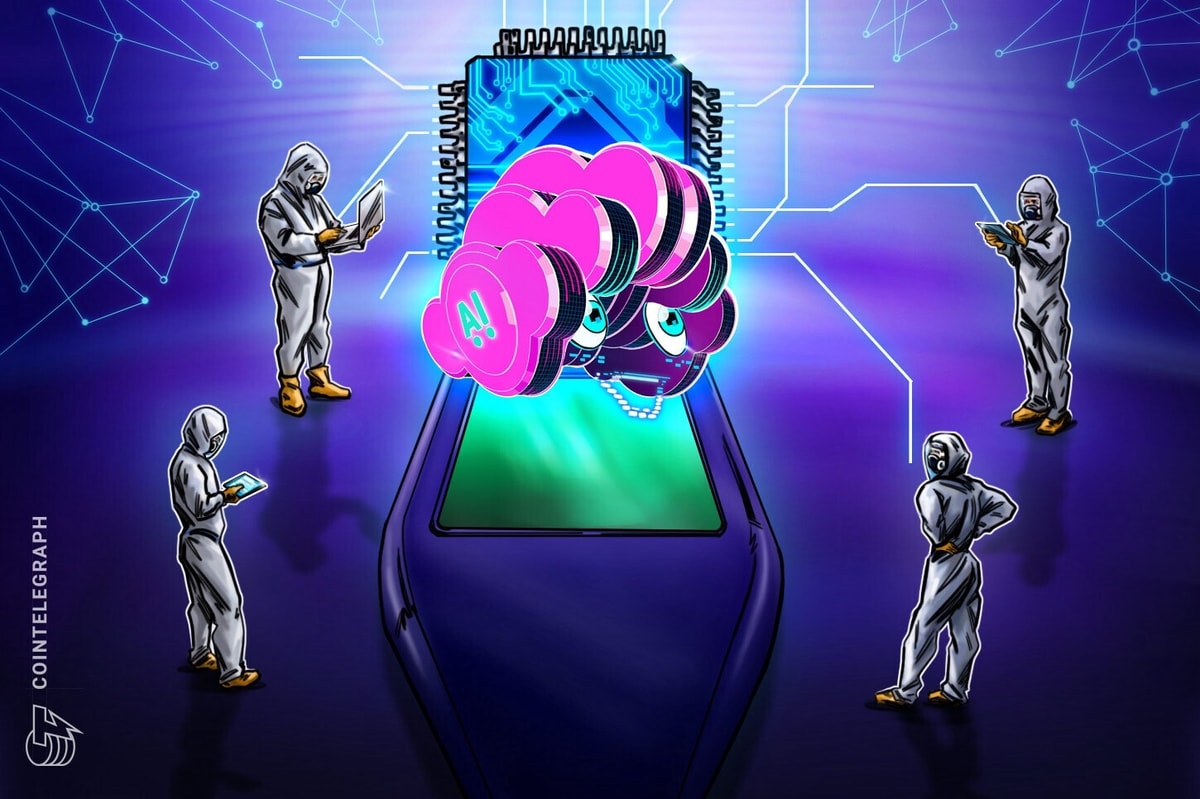Background
Challenge one: identifying infringer
Challenge two: navigating available procedures
Comment
The metaverse remains a mystery to many, raising more questions than answers – particularly in relation to IP right infringements. This article attempts to unravel some of these mysteries, examining how to handle IP right infringements in the metaverse and the hurdles that must be overcome.
There are two categories of infringement in the metaverse:
- a virtual copy of an item that exists in the physical world (eg, a virtual copy of an Eames classic chair or a MacBook); and
- virtual content (usually a digital file) linked to a non-fungible token (NFT).
The first category of infringements will cause liability depending on which type of IP right is infringed. Trademark infringement occurs only when a sign that is identical or similar to a registered trademark is used in the course of trade without the consent of the trademark owner, thus causing confusion among the public. Does this mean that an individual would commit trademark infringement if they showcased a virtual MacBook, featuring the Apple logo, in a metaverse replica of their real-world house? As no criteria of use in the course of trade exists for copyright infringement, would a virtual copy of an Eames classic chair infringe copyright? The – albeit fairly new – doctrine argues that what is forbidden in the physical world will be forbidden in the virtual world when it comes to IP right infringement.
As for the second category, various pending US procedures demonstrate that linking a digital file which contains content protected by IP rights to NFTs may be considered IP right infringement. Arguments such as freedom of speech, the inclusion of disclaimers or the use of NFTs as a token of certification do not necessarily clear the way for third parties attempting to freeride on the investments of others.
Challenge one: identifying infringer
Once a case of IP right infringement has been identified, the next challenge is to identify the infringer. In a virtual world that is partly built on the concept of privacy, this can be challenging. Where an IP right owner is faced with a category two infringement, the blockchain contains all the information needed. However for category one infringements, a distinction must be made between:
- metaverses built on the blockchain, where information on the identity may be available; and
- metaverses not built on the blockchain, where an IP right owner is dependent on the goodwill of the concerned metaverse platform and its willingness to share such information.
It remains to be seen how this identification process will work in practice.
Challenge two: navigating available procedures
The fact that some metaverses are built on the blockchain and others are not makes it difficult for an IP right owner to navigate the available procedures to prevent infringement.
Metaverses not on blockchain
Generally speaking, metaverses that are not on the blockchain prohibit content that infringes the IP rights of others. Such platforms have the sole discretion to remove content that they determine to violate their terms of service and delete individuals who are repeatedly in breach. This is fairly similar to the procedures in place on many social media platforms.
Metaverses on blockchain
Things are a little more complicated when it comes to metaverses that are on the blockchain. In the truly decentralised types of metaverses, ownership is decentralised. In other words, ownership is based on the purchase and transfer of land NFTs. These metaverses are governed and managed by decentralised autonomous organisations through a voting system. Participants in such metaverses have voting rights, based on the amount of land NFTs they own, and can vote on any type of issue, including IP right infringements. Such decentralised metaverses appear to prohibit IP infringements in their terms of service. If a complaint is filed, a decision will be made based on a vote. To get the claimed infringing content removed, the vote must sufficiently represent the total number of voters and must be a majority vote. This double threshold can be a hurdle, as has been proven in the past with the unsuccessful attempt to remove the name “Hitler” from Decentraland.
While a decentralised system sounds like a utopia, as it gives the power to the people, it only works if the vote owners are sufficiently diversified and motivated to vote when an issue arises. It is not inconceivable that such vote owners might decide to build a virtual world that chooses not to act against IP right infringement; IP right owners could not act against such a metaverse since their complaints would be dismissed. This could lead to a virtual black market where fake virtual goods can be purchased and possibly used in another metaverse.
Going to court
Although the procedures set out above might offer a solution for some IP right owners faced with infringement, not all IP right infringement issues will be resolved adequately. In such cases, going to court may be the only remaining option. As in cases involving the Internet, the court may look to whether the metaverse aimed its content and activity toward the forum state to determine whether it has jurisdiction, since any metaverse can – in principle – be accessed from anywhere in the world. An IP right owner would then have the possibility to introduce a procedure in a forum and with a court that is favourable to IP right owners.
There is no one metaverse and, therefore, there is no one metaverse law. With the law limping behind the technology, which moves much quicker, accidents may happen. As this emerging reality is difficult to navigate, it is recommended to seek assistance from IP right specialists who can help in taking proactive or retroactive steps against IP right infringements.
For further information on this topic please contact Katia De Clercq at GEVERS by telephone (+32 2 715 3711) or email ([email protected]). The GEVERS website can be accessed at www.gevers.eu.
Read More: news.google.com









 Bitcoin
Bitcoin  Ethereum
Ethereum  Tether
Tether  XRP
XRP  Solana
Solana  USDC
USDC  Dogecoin
Dogecoin  Cardano
Cardano  TRON
TRON  Lido Staked Ether
Lido Staked Ether  Sui
Sui  Wrapped Bitcoin
Wrapped Bitcoin  Chainlink
Chainlink  Avalanche
Avalanche  Stellar
Stellar  Wrapped stETH
Wrapped stETH  Bitcoin Cash
Bitcoin Cash  Shiba Inu
Shiba Inu  LEO Token
LEO Token  Hedera
Hedera  USDS
USDS  Toncoin
Toncoin  Hyperliquid
Hyperliquid  Litecoin
Litecoin  Polkadot
Polkadot  WETH
WETH  Monero
Monero  Bitget Token
Bitget Token  Binance Bridged USDT (BNB Smart Chain)
Binance Bridged USDT (BNB Smart Chain)  Wrapped eETH
Wrapped eETH  Ethena USDe
Ethena USDe  Coinbase Wrapped BTC
Coinbase Wrapped BTC  Pi Network
Pi Network  Pepe
Pepe  WhiteBIT Coin
WhiteBIT Coin  Bittensor
Bittensor  Dai
Dai  Uniswap
Uniswap  Aptos
Aptos  sUSDS
sUSDS  NEAR Protocol
NEAR Protocol  OKB
OKB  Ondo
Ondo  Aave
Aave  BlackRock USD Institutional Digital Liquidity Fund
BlackRock USD Institutional Digital Liquidity Fund  Cronos
Cronos  Ethereum Classic
Ethereum Classic  Gate
Gate  Internet Computer
Internet Computer